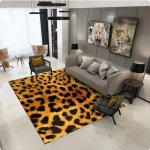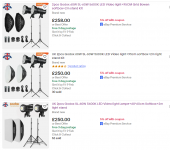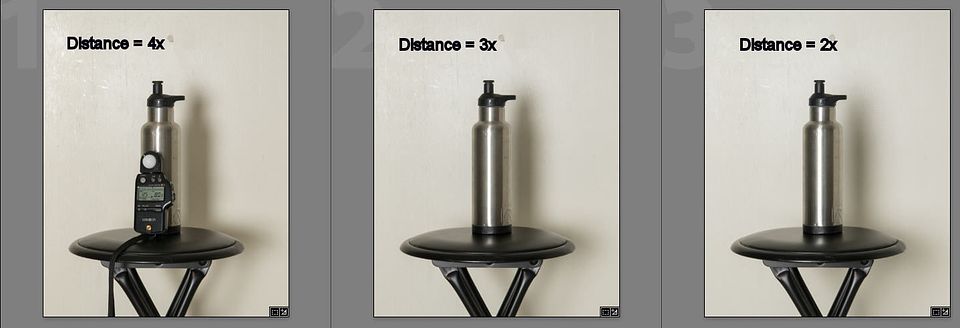- Messages
- 6
- Name
- dan
- Edit My Images
- Yes
Hi guys, any suggestions for cheap and cheerful LED panel light/tripod kits?
I’m photographing clothes on a mannequin and have been using a 2 light set up using just what I had to hand, which was two SAD therapy LED panels, 12watts, up to 35000 Lux, with diffuser paper (sheet of crate paper) taped over them, which were then balanced on boxes. Not an ideal setup, I know, and now one of the lights is broken after a few months use.
I don’t need anything super fancy as it just for ebay, but the lights I had been using were falling short in terms of the amount of light they produced. I had to place them really close to the subject and they didn't spread the light wide enough, so the top and bottom of the mannequin weren’t as bright as the middle.
As I'm sure you can tell I know nothing about photography but need something cheap to get started then experiment/tweak and learn along the way.
Can anyone recommend a basic LED panel with tripod?
Edit: I dont need lights with batteries
I’m photographing clothes on a mannequin and have been using a 2 light set up using just what I had to hand, which was two SAD therapy LED panels, 12watts, up to 35000 Lux, with diffuser paper (sheet of crate paper) taped over them, which were then balanced on boxes. Not an ideal setup, I know, and now one of the lights is broken after a few months use.
I don’t need anything super fancy as it just for ebay, but the lights I had been using were falling short in terms of the amount of light they produced. I had to place them really close to the subject and they didn't spread the light wide enough, so the top and bottom of the mannequin weren’t as bright as the middle.
As I'm sure you can tell I know nothing about photography but need something cheap to get started then experiment/tweak and learn along the way.
Can anyone recommend a basic LED panel with tripod?
Edit: I dont need lights with batteries
Last edited:




